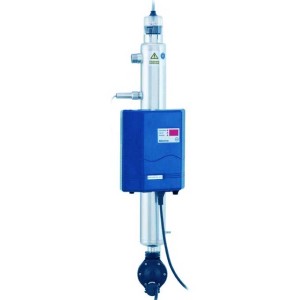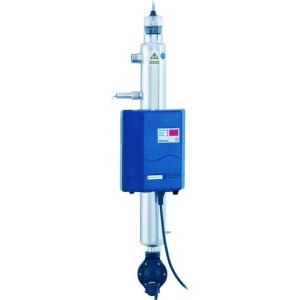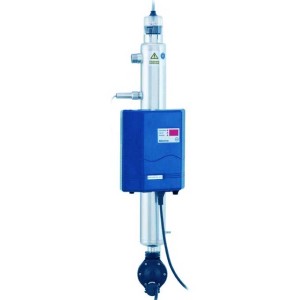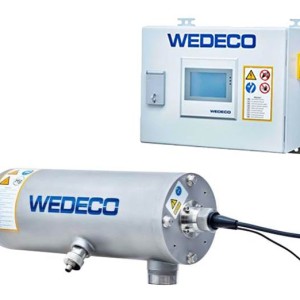How can Legionella be removed from drinking water?
Feb 15, 2024, 10:53:02
Table of Contents
- What is Legionella?
- What is the limit for Legionella in drinking water?
- What can you do if the limit values have been exceeded?
- Can Legionella be eliminated using UV systems?
- Our solution is called BAXERO!
Legionella is a form of bacteria that can occur in both drinking water and salt water. Due to their natural spread via groundwater, legionella can also occur in tap water.
What is Legionella?
Legionella are germs that can multiply in water. When inhaled through the air, these can lead to dangerous infections. In the best case scenario, the affected person has a fever for a week. In the worst case scenario, pneumonia can develop, which can be fatal.
Legionnaires' disease causes severe pneumonia that can be fatal in some untreated cases. The more harmless and common Pontiac fever shows flu-like symptoms and usually clears up within a few days.
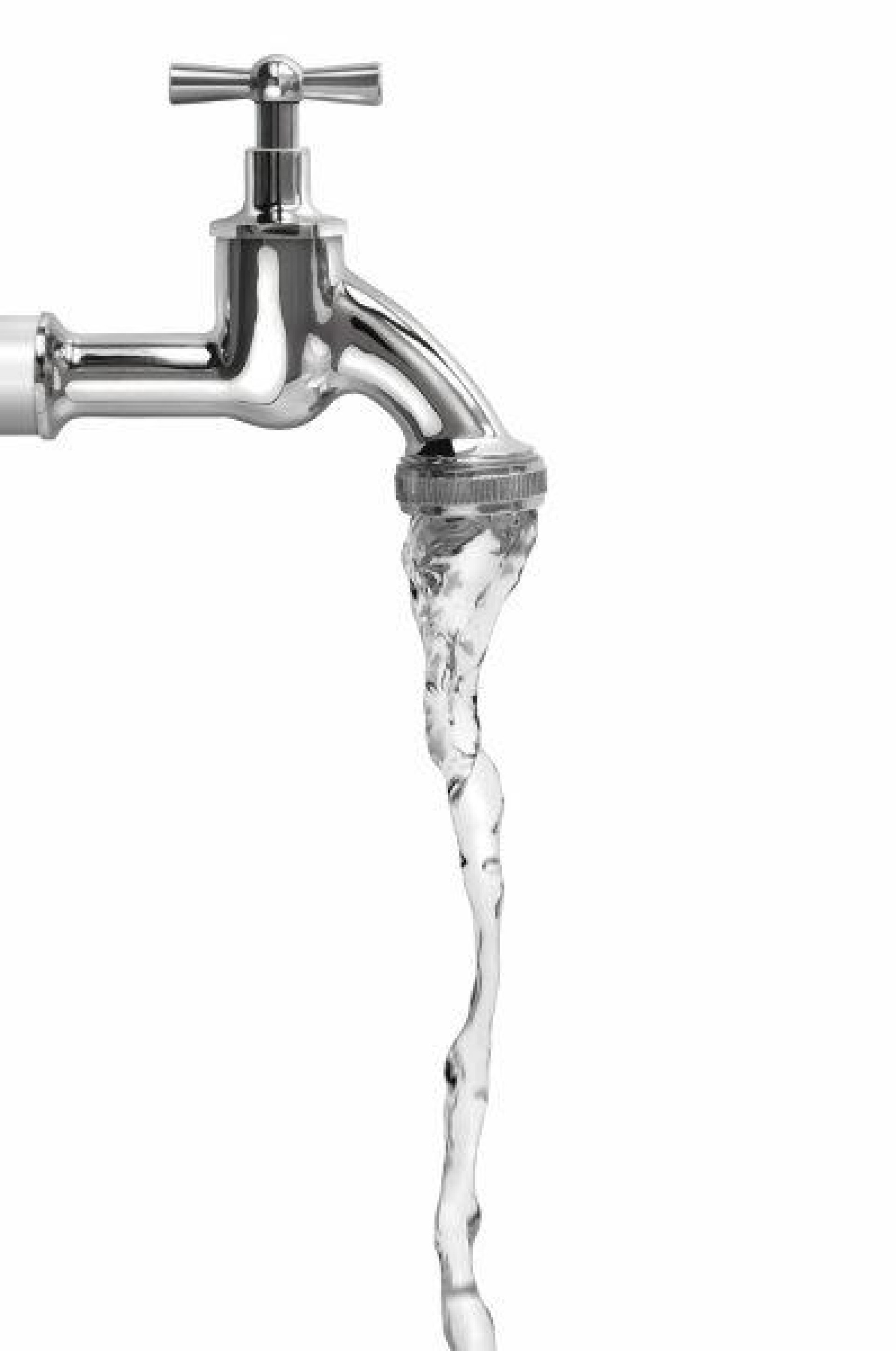
A common route of infection is inhaling the pathogens, which are increasingly found where water is mixed with air. These include shower heads, faucets, fountains, artificial waterfalls (in the pool area), whirlpools, etc. Person-to-person transmission usually does not occur. The concentration of pathogens increases with water temperature. A water temperature between 30 and 45 ° C is essentially optimal for legionella. The pathogens die at temperatures above 60 °C.
Legionella multiply particularly quickly and well in so-called biofilms. These occur wherever there are large surfaces (e.g. filter surfaces, limescale deposits, mud, etc.). These biofilms often contain single-celled organisms, such as amoebas, which eat Legionella but do not digest it. Legionella continues to multiply within an amoeba, but cannot be killed by previously known disinfection processes.
What is the limit for Legionella in drinking water?
The Federal Environment Agency has recognized that Legionella poses a danger and has therefore set a limit value (> 100 colony-forming unit for short: CFU per liter) for the Legionella concentration. If this limit is exceeded in the long term, corrective measures must be taken. If the concentration exceeds 10,000 CFU/l, immediate measures must be taken to avert danger. Since November 1, 2011, many landlords of apartment buildings have been obliged to regularly examine legionella levels .
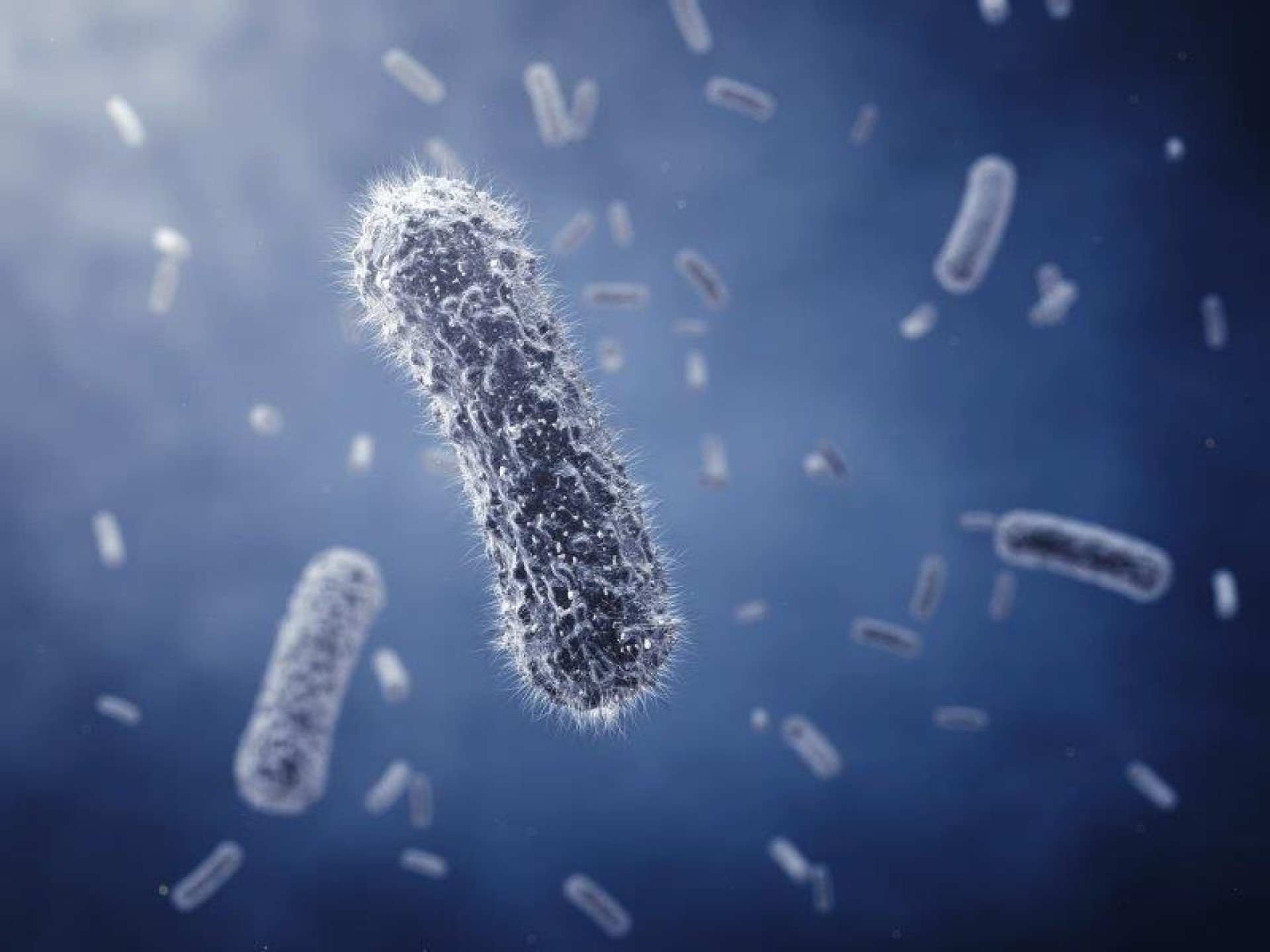
What can you do if the limit values have been exceeded?
A very simple measure is to increase the temperature of the boiler so that legionella bacteria are killed there. The problem is that the pipe network remains partially untouched because legionella can also arise in cold water. Biofilms are also not removed. Another option is to treat the water with chlorine or chlorine dioxide. The disadvantage is that substances harmful to health can be produced. A third option is environmentally friendly irradiation with UV light. But this method also has a crucial disadvantage: the biofilms are not sufficiently removed.
Can Legionella be eliminated using UV systems?
Basically, 99.99% of all pests can be killed by UV disinfection. A UV system would then be installed as close as possible to the sampling points and kill legionella there. The problem is that everything that comes after the UV system remains unaffected. For example, if biofilms have formed in the pipes, legionella is still present in the pipe network. Germs can still form and multiply at the sampling points themselves. Complete elimination can therefore currently only be achieved with the use of chemicals. A UV system alone is not enough.
Our solution is called BAXERO!
Baxero is a completely new disinfectant solution and is made from common salt (without the addition of chemicals). In contrast to the previously known processes, Baxero is able to completely break down biofilms. In addition, Baxero is pH-neutral and free of harmful substances!
You may also be interested in
ChlordesinfektionLegionella protection systems
Chlordesinfektion für Swimmingpools
UV disinfection systems
Trinkwasserdesinfektion mit Natriumhypochlorit




